The Magic You Don't See: The Intimate Journey of Hand-Pottery
Have you ever wondered how a handmade ceramic piece is made? Discover the weeks-long, patient conversation between artist, clay, and fire. A story of patience, alchemy, and beautiful imperfection.
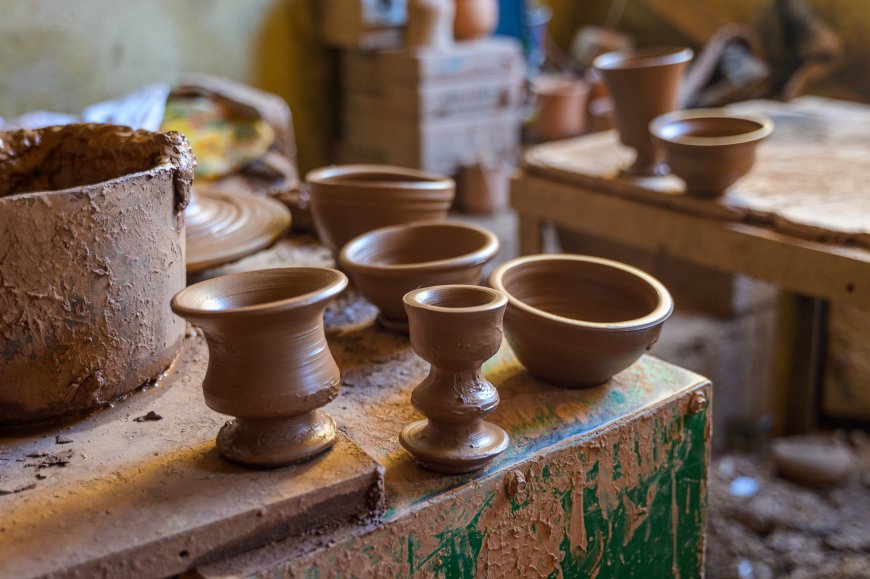
A Story of Earth, Hands, and Fire
Have you ever stopped to really look at a piece of handmade pottery? Not just glanced, but truly looked? It's more than just an object, whether it's that lovely, flawed mug warming your hands or that peaceful vase containing your flowers. It’s a survivor, a tiny monument to patience, time, and human effort. And the story behind it? Honestly, it’s pretty amazing.
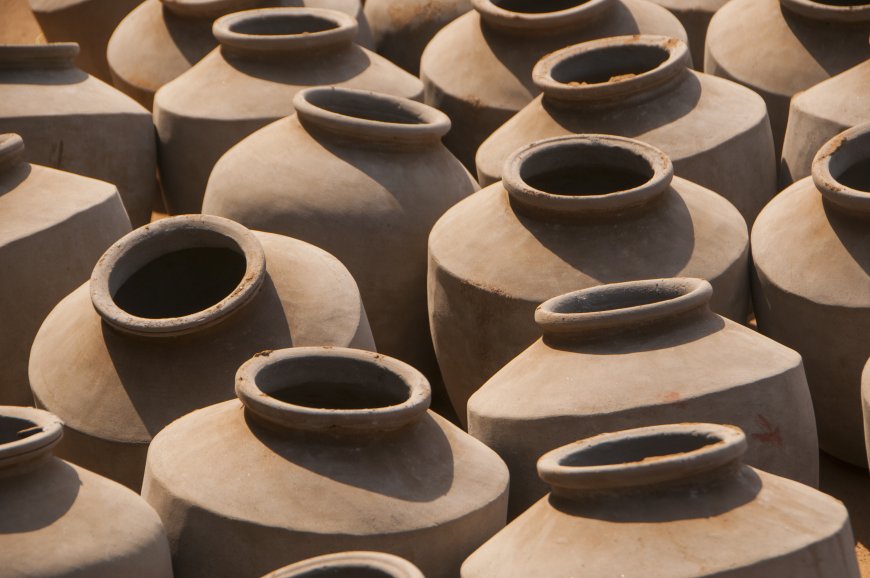 Let me take you backstage, because the making of this pottery is a weeks-long conversation between the artist and the clay.
Let me take you backstage, because the making of this pottery is a weeks-long conversation between the artist and the clay.
Getting Our Hands Dirty & The Potter's Choice
The journey doesn't actually begin with kneading; it starts with an almost philosophical choice of material. The true master potter doesn't just grab any mud. They select a particular clay body, such as delicate, pearly white porcelain that requires accuracy and zero tolerance for error, or sturdy, iron-rich stoneware that begs for high heat and durability. Every clay has a unique voice and set of rules. The potter must listen to the clay, respecting its inherent nature before ever laying a hand on the wheel. It's a relationship, really.
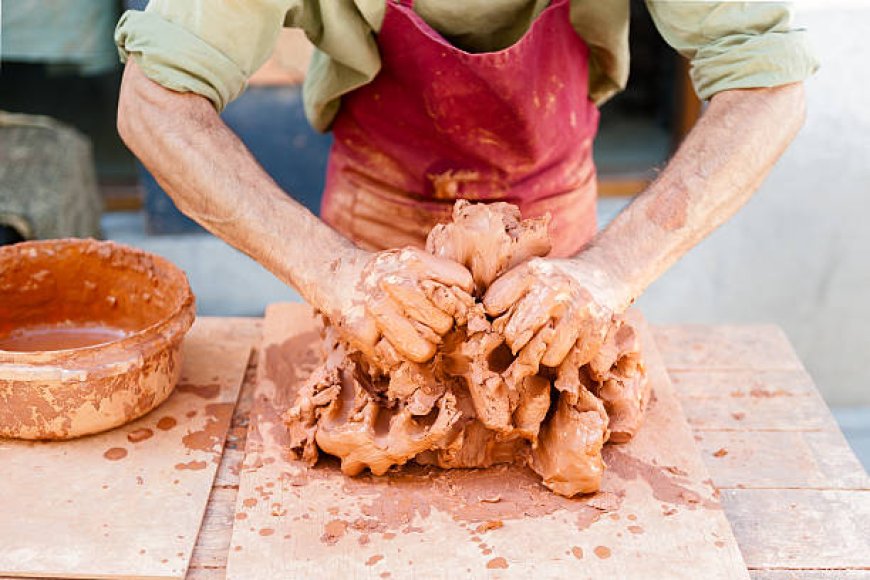 Then, it's time to prepare. The clay is messy, muddy, and it's got attitude. First, the potter has to calm it down by spending time wedging it—basically, kneading it like dough, slamming it and folding it over and over. Why all the fuss? Because if there are tiny, sneaky air bubbles trapped inside, they’ll turn into steam later and literally explode the pot in the kiln. You wouldn't want that!
Then, it's time to prepare. The clay is messy, muddy, and it's got attitude. First, the potter has to calm it down by spending time wedging it—basically, kneading it like dough, slamming it and folding it over and over. Why all the fuss? Because if there are tiny, sneaky air bubbles trapped inside, they’ll turn into steam later and literally explode the pot in the kiln. You wouldn't want that!
Once prepared, the artist is standing at the potter’s wheel, breathing and focusing to find that perfect center, gently coaxing the mud up into a perfectly symmetrical bowl. Or maybe they’re hand-building, rolling out long ropes of clay to coil a giant vessel, carefully smoothing every seam. It’s intense, quiet work, demanding focus and a willingness to accept beautiful imperfection.
The Art of Waiting and Refining 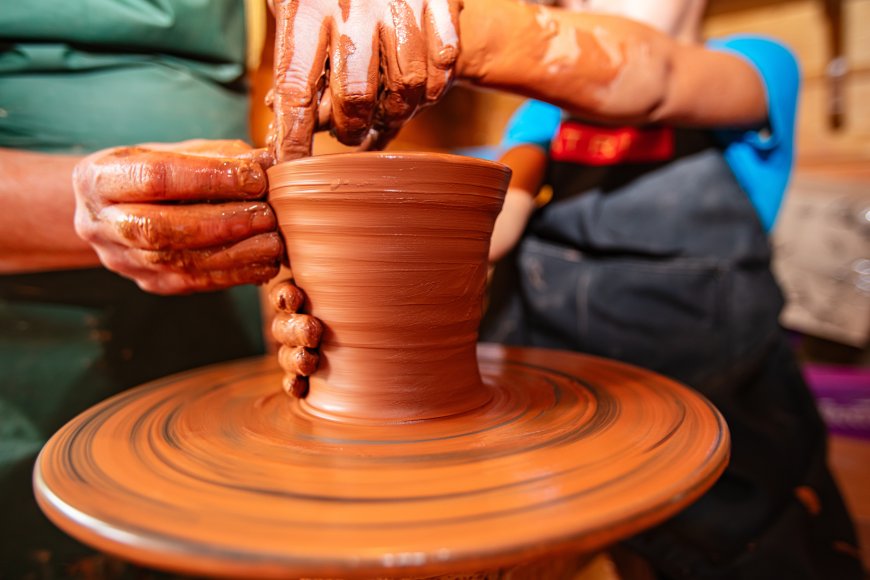
Once the shape is right, you have to hit the brakes. This is the hardest part for many artists: waiting.
The clay first dries to a stage called leather-hard—firm enough to hold its shape, but still workable. This is the window for refining. A handle isn't just stuck on; it’s shaped to balance perfectly with the weight of the mug, then carefully scored and slipped—literally scratching the surfaces and applying a clay slurry (slip) like ceramic cement. It’s fiddly work, where a millimeter of misalignment can ruin the pot's balance and comfort forever.
This is also the stage where the artist signs their name, perhaps stamping their unique maker's mark into the soft clay—a tiny, lasting claim of authorship. They might deliberately leave tool marks, embracing the wabi-sabi (the Japanese aesthetic of appreciating beautiful imperfection).
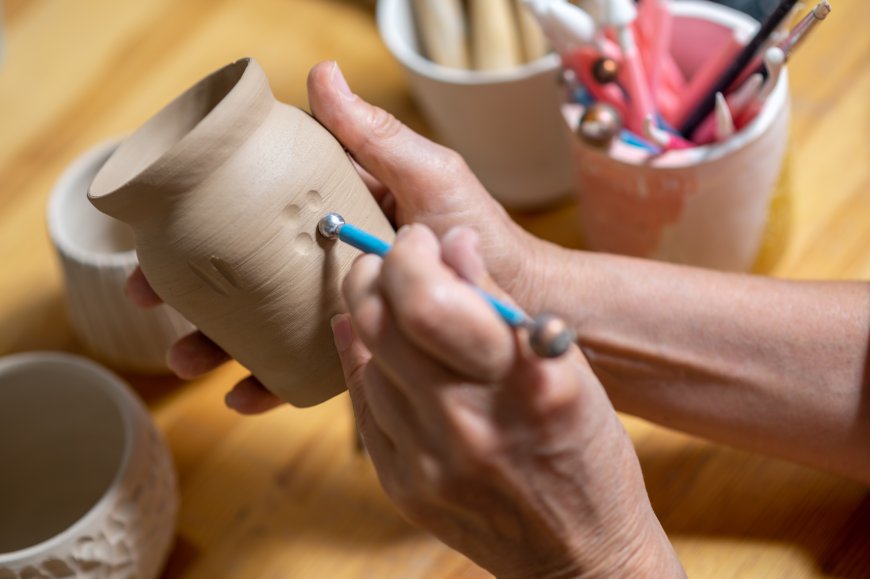
The piece is then left to dry completely, becoming fragile, chalky greenware. This can take a week or more! If you rush it, you ruin it. Think of it as the clay holding its breath before the big event.
The Fiery Transformation
This is where the magic (or the alchemy, if you want to get fancy) happens inside the kiln—the potter's fiery heart.
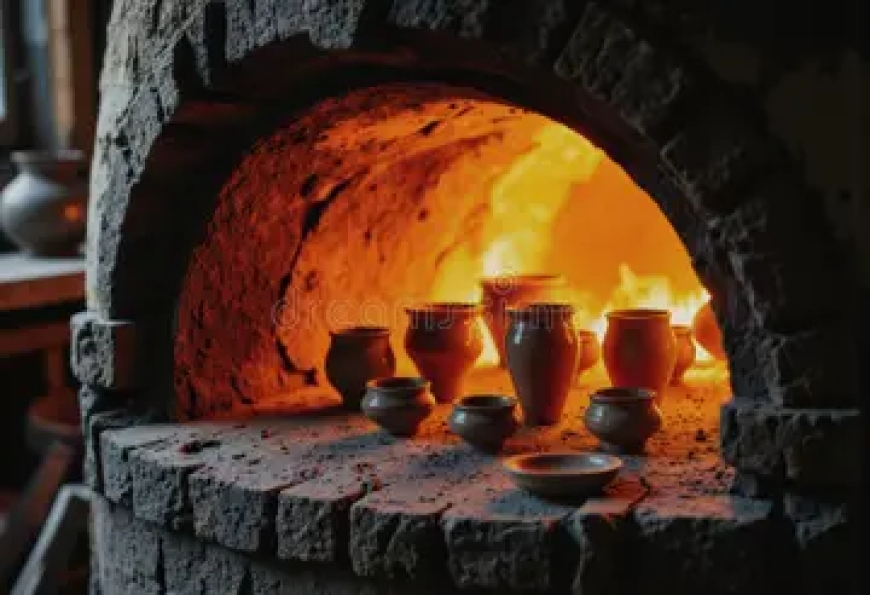
-
The First Fire (Bisque): The bone-dry pot goes into the kiln for the first firing. It’s cooked at a moderate temperature . It comes out as bisqueware—it’s strong, it’s solid, but it’s thirsty. It’s ready for the color.
-
Glaze: The Painter's Palette and the Chemist's Recipe: The potter shifts from sculptor to chemist. The glaze isn’t just paint; it’s a liquid cocktail of raw, powdered minerals: silica, alumina, and coloring oxides like copper or cobalt. The process of applying it is swift and decisive—often a quick, smooth dip that must be completed in seconds. The glazes are dull, dusty, and matte when applied. The artist is essentially painting with dust, trusting that the brutal heat of the final firing will chemically melt and transform those minerals. Critically, the very bottom of the piece has to be wiped clean. You absolutely do not want melted glass fusing your beautiful pot to the kiln shelf!
-
The Final Fire (Glaze): Back in the kiln for the highest heat . The clay becomes vitrified—it turns into rock-hard, waterproof ceramic—and the glaze melts and flows into a slick, vibrant coating. The kiln then cools, often for 12 or more agonizing hours.
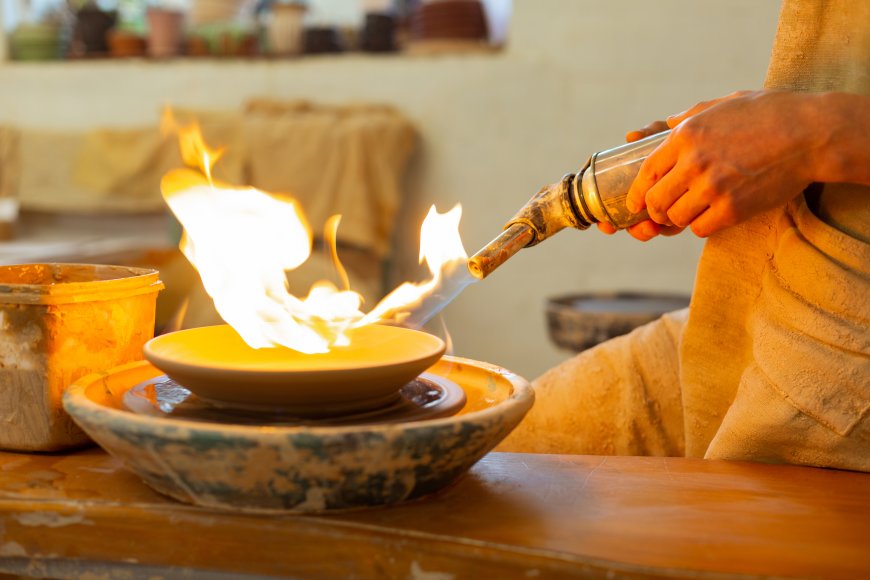
When that kiln door finally swings open? That is the moment of truth. You pull out the piece, and suddenly, you have an object that is functional, unique, and has literally been through fire to be with you.
It’s just pottery, sure, but after hearing the story, doesn't it feel a little more like a beautiful triumph
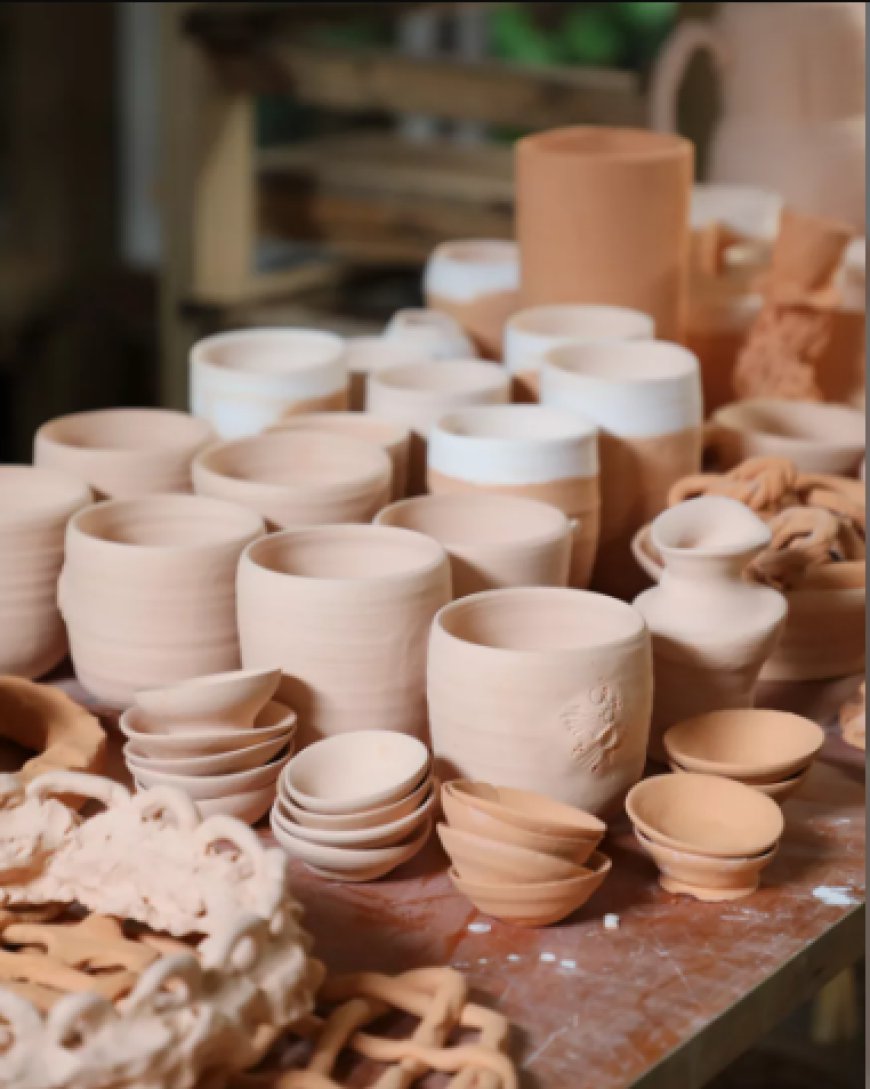
What's Your Reaction?
 Like
0
Like
0
 Dislike
0
Dislike
0
 Love
0
Love
0
 Funny
0
Funny
0
 Angry
0
Angry
0
 Sad
0
Sad
0
 Wow
0
Wow
0
























































































































































































